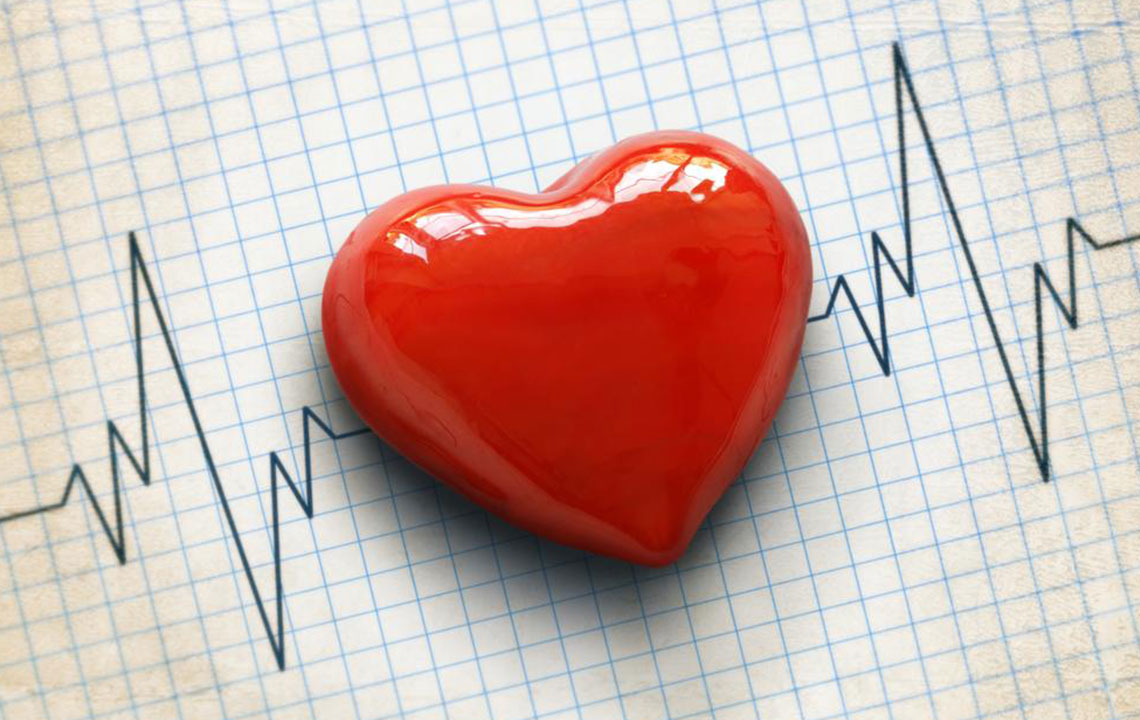Guide to Healthy Cholesterol Levels and Heart Protection
This comprehensive guide explains the importance of maintaining healthy cholesterol levels for cardiovascular health. It covers types, normal ranges for adults and children, and tips for managing and monitoring cholesterol through regular testing and lifestyle choices to prevent heart disease.

Guide to Healthy Cholesterol Levels and Heart Protection
With rising obesity and increasing health awareness, many are focused on managing cholesterol and dietary choices. However, understanding what defines healthy cholesterol can be confusing. This article clarifies cholesterol, its different types, and recommended levels to support a healthy heart.
What is cholesterol?
Cholesterol is a waxy substance similar to fat found in blood and tissues. It is crucial for producing hormones, vitamin D, and aiding digestion.
Cholesterol is transported via lipoproteins in the blood, which contain fats wrapped in protein shells.
There are two primary types: Low-Density Lipoproteins (LDL), known as “bad” cholesterol that can clog arteries, and High-Density Lipoproteins (HDL), referred to as “good” cholesterol that helps clear excess cholesterol via the liver. Triglycerides are another form derived from dietary fats.
Consuming too much sugar, alcohol, and calories can lead to fat storage and elevated cholesterol levels.
When does cholesterol become elevated?
Our bodies naturally produce enough cholesterol, but diet can increase it. Excess cholesterol may deposit on artery walls, creating plaques that narrow arteries. These plaques can rupture, forming clots that pose serious health risks.
What are typical cholesterol levels?
High cholesterol often has no symptoms. Adults should have a lipid test every five years to monitor levels. Results are influenced by age, lifestyle, and blood pressure, guiding personalized health recommendations.
Recommended cholesterol targets for adults
According to the National Heart, Lung, and Blood Institute, ideal levels include:
Desirable: Total cholesterol under 200 mg/dL, HDL 40 mg/dL or higher, LDL below 100 mg/dL, Triglycerides under 149 mg/dL
Borderline: Total 200–239, LDL 139–159, Triglycerides 150–199
High: Total 240 or more, LDL 160 or higher, Triglycerides 200 or above
Low: HDL less than 40 mg/dL, with no specific total cholesterol limit
All values are in mg/dL.
Cholesterol guidelines for children
Children’s levels are similar:
Healthy: Total ≤ 170, HDL ≥ 45, LDL ≤ 110, Triglycerides less than 75 (ages 0–9) and less than 90 (ages 10–19)
Borderline: Total 170–199, HDL 40–45, LDL 110–129, Triglycerides 75–99 (0–9) and 90–129 (10–19)
High: Total 200 or more, LDL 130 or higher, Triglycerides 100+ (ages 0–9) and 130+ (ages 10–19)
Low: HDL less than 40; no specific values for other measurements
Routine testing and healthy habits help keep cholesterol in check and promote good heart health.


